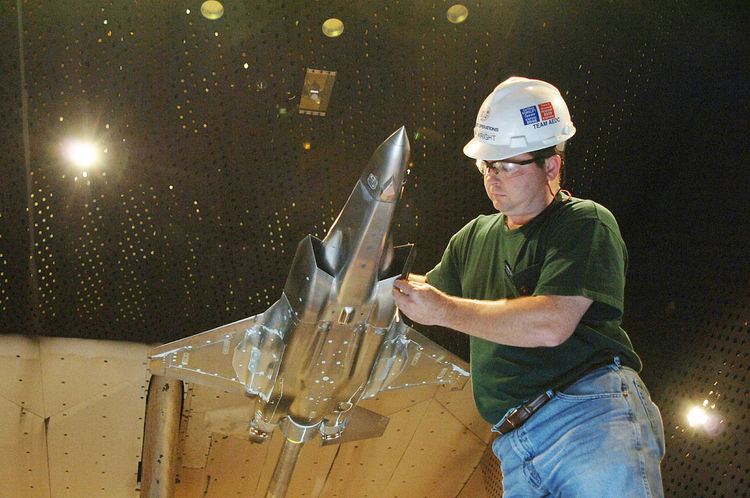Active 1950–present Role Test facility | Country United States | |
 | ||
Part of Air Force Test Center Air Force Materiel Command Garrison/HQ | ||
Arnold Engineering Development Complex (AEDC), Arnold Engineering Development Center before July 2012, located at Arnold Air Force Base, Tennessee is a ground-based flight test facility operated by the Air Force Test Center.
Contents
The AEDC mission is to test and evaluate aircraft, missile and space systems and subsystems at the flight conditions they will experience during a mission; conduct a research and technology program to develop advanced testing techniques and instrumentation and to support the design of new test facilities and maintain and modernize the center’s existing test facilities.
Staff agencies
Environmental Issues
Several areas of the facility are contaminated by substances including polychlorinated biphenyls (PCBs) and volatile organic compounds and spills of jet and rocket fuel, chlorofluorocarbon solvents, nitric acid and other materials. PCBs from the site have been detected in local creeks, in the water, sediment and in fish.
The site was proposed for addition to the Superfund National Priorities List in August 1994 though, as of May 2010, the site has not been added to the NPL. The Environmental Protection Agency believes that human exposure to contaminants and contaminated groundwater migration are under control.
History
As a consultant to General Arnold, Theodore von Kármán first called for the Center:
In 1947 Stuart Symington became the first secretary of the newly independent Air Force, and he strove hard to bring into reality some of my proposals, particularly the new facilities for Air Force research which I had urged in the report.One of the main items was a new U.S. center for the study and development of jet propulsion, supersonic aircraft, and ballistic missiles, a center I hoped would be greater than any then known. The proposal had actually begun after Frank Wattendorf’s 1945 visit to the huge wind tunnel at Ötztal, Austria, which was bigger and more powerful than any in the United States.Symington managed to round up sufficient support in Congress and to obtain the necessary funds, about 100 million dollars. The Air Force agreed to go ahead with the proposal to set up the center, and a committee was appointed which traveled around the country seeking a suitable site. One of the necessary requirements was a direct source of stored hydraulic power, as planned at Ötztal, to run the multi-thousand horsepower motors needed for the big wind tunnels.Senator McKellar, Chairman of the Armed Services Committee, [made] a clever offer. He said the state of Tennessee would give up Camp Forest, a 40,000-acre World War II camp near Tullahoma, if the Air Force would set up its huge center there. Congress was about to adjourn and it looked like nothing would get done for another year. The Air Force, being realistic, accepted the offer...The Arnold Engineering Development Center (as it was finally named) was dedicated in Tullahoma by President Truman in 1952.The center operates 58 aerodynamic and propulsion wind tunnels, rocket and turbine engine test cells, space environmental chambers, arc heaters, ballistic ranges, and other specialized units. Currently, AEDC's prime contractor is the Aerospace Testing Alliance.
The center has helped to develop most aerospace systems in the U.S. government's inventory, including the Atlas, Titan, Minuteman and Peacekeeper ICBMs, the Space Shuttle, space station, and Projects Mercury, Gemini and Apollo.
It is named for General Henry "Hap" Arnold, the father of the US Air Force and an air power visionary. The University of Tennessee Space Institute (UTSI) is located adjacent to AEDC.
The center lies near Manchester, Tennessee and Tullahoma, Tennessee, and occupies much of the site of the former Camp Forrest, a U.S. Army base and World War II POW camp. It is unique in that the majority of the workforce are contract personnel, with a small contingent of active-duty assigned.
